What is a heritage landscape, and what difference does the tag ‘heritage’ make to the way a landscape should be managed?
Of course, all landscapes are ‘heritage’ or ‘cultural’ landscapes in one way or another: but there’s only one in Australia which has protected dual National Park/Heritage Park status, and that’s the Castlemaine Diggings.
That’s why we were disappointed in the VEAC Historic Places Investigation Draft Proposals Paper. This paper explicitly adopted a limited meaning for the phrase ‘heritage place’, one that seemed to exclude ‘landscape’ from consideration.
FOBIF has submitted a response to the Draft. It is set out below.
************************
Although we believe there are many constructive and sensible proposals in this paper, we wish to focus on what we believe to be a serious—and strange—deficiency: that is, the failure to acknowledge the particular challenges presented by cultural landscapes. In fact, it appears that the authors of the paper do not believe that these landscapes are ‘historic places’ at all, as witness this passage on page 31:
‘It is important to note that although VEAC’s focus is on the management of specific places on public land, Traditional Owners customarily have a broader view that every part of the landscape is of significance, including landforms and the whole landscape itself, not only those places where associations are evident or documented.’
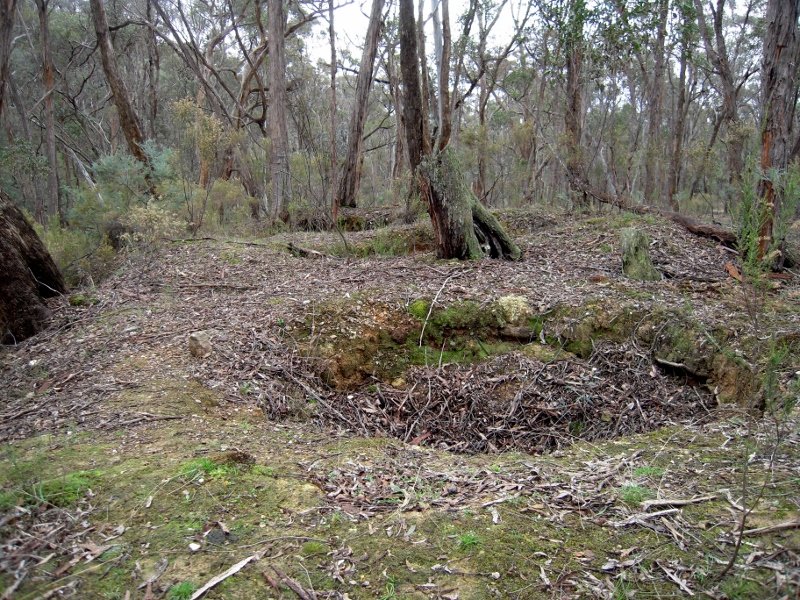
Shallow shafts being reclaimed by nature, Sebastopol Creek: how is the bushland setting to be interpreted in the National Heritage Park?
We are not suggesting that our cultural landscapes can be considered in the same way that Indigenous people look at country: but the concession made in the above paragraph essentially concedes that VEAC has not considered ‘landscape’ at all in this draft.
We can’t see the reason for this exclusion: after all, on page 4 of the draft we read that ‘historic places’ include ‘historic sites or areas’. What is a landscape if it’s not an ‘area’? And in Appendix 2 [Historic groups or typology] we find Landscape area: natural and cultural historic landscapes. Other group categories in this Appendix are given numerous examples, but for some reason Landscape area has only one: Tower Hill.
There are significant areas of Victoria which are landscapes on the state and national heritage list: the Grampians/Gariwerd, the Alps, and the Castlemaine Diggings National Heritage Park. We therefore find it puzzling that the draft paper has failed to consider the peculiar challenges presented to managers of these areas.
Continue reading →
![Eucalyptus nortonii [L]and Eucalyptus melliodora [R] on a mullock heap at Spring Gully: vegetation can colonise surprisingly unpromising locations, and mullock heaps are among the more surprising.](https://www.fobif.org.au/admin/wp-content/uploads/2016/01/e-nortonii-e-melliodora-spring-gy-18-1-16-18-800x751.jpg)

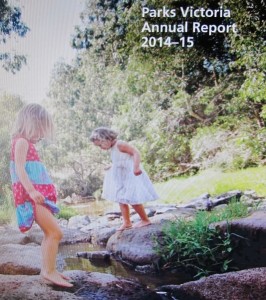
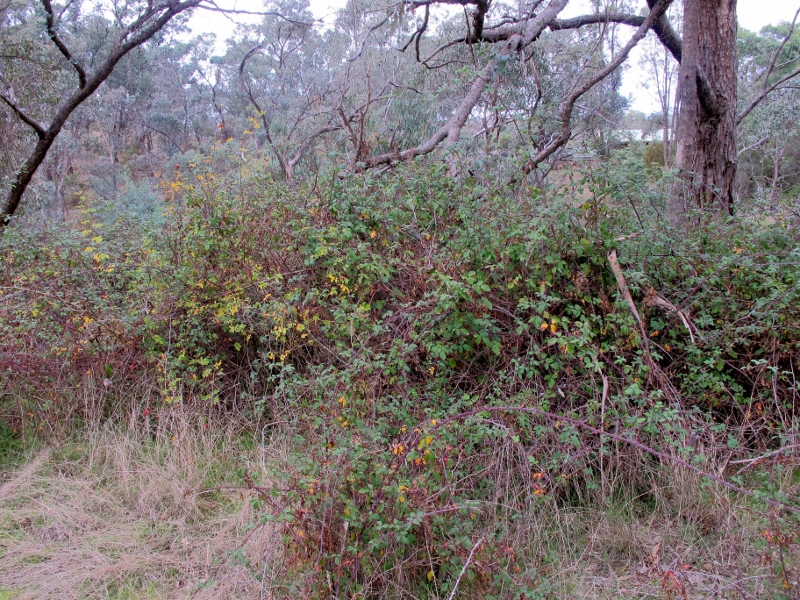
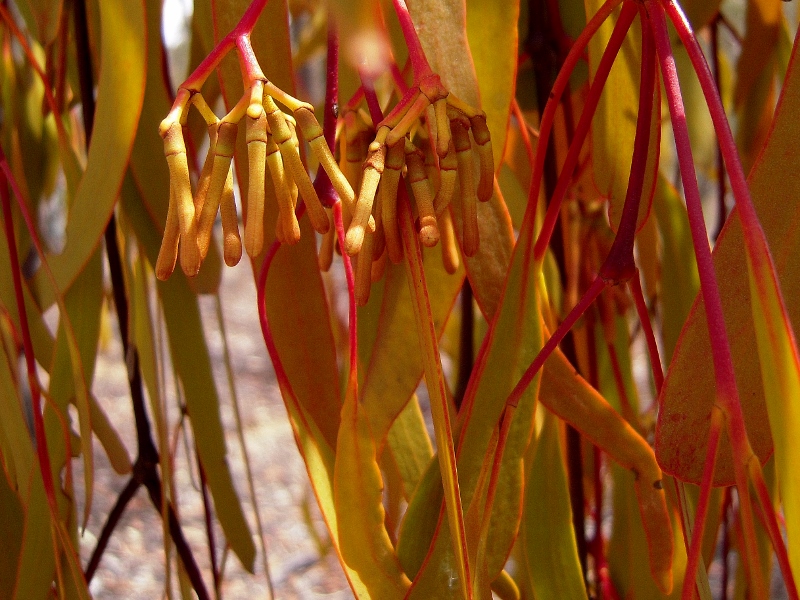
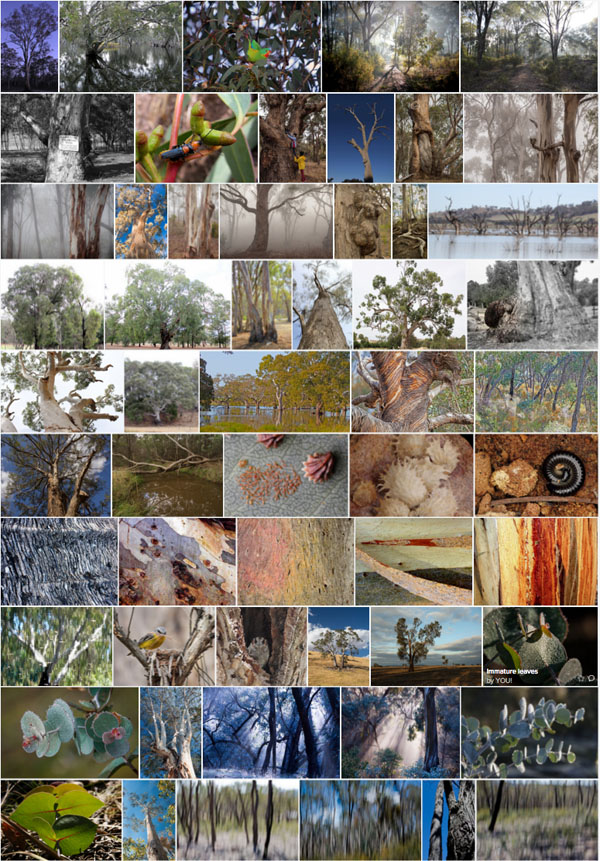
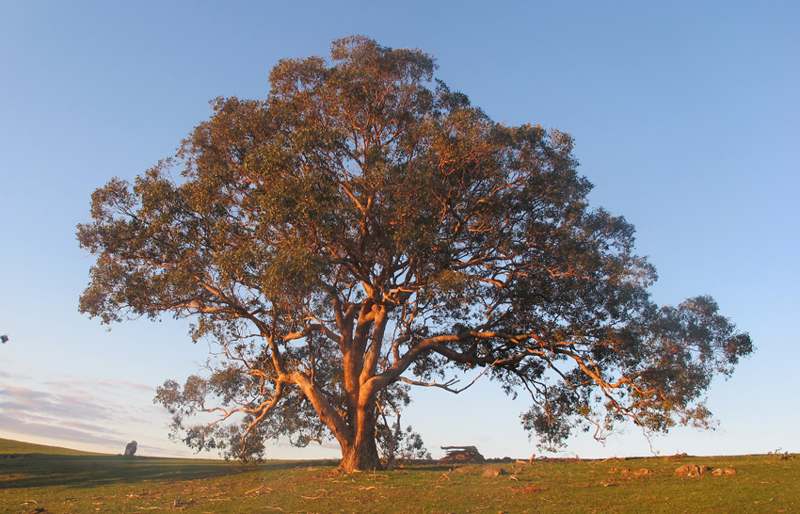
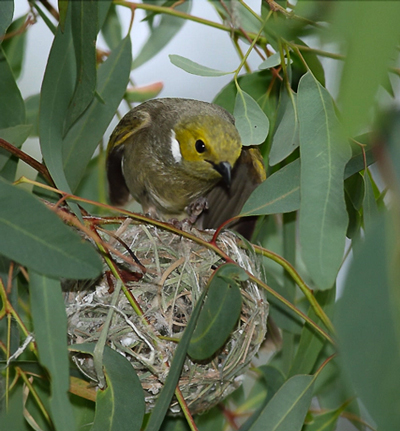
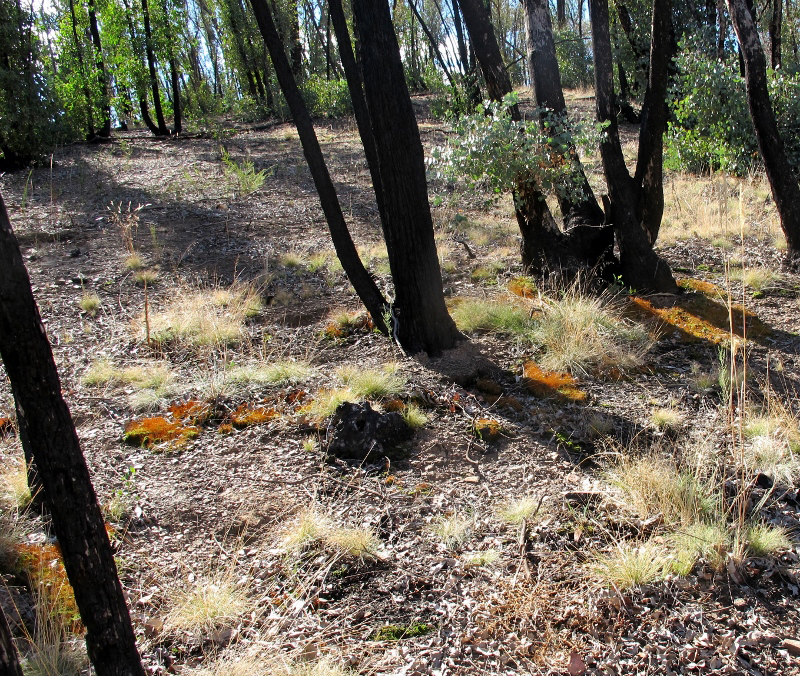

![Magenta storksbill [Pelargonium rodneyanum]: it flowers valiantly when other plants are hunkered down.](https://www.fobif.org.au/admin/wp-content/uploads/2015/12/IMG_3351-800x534.jpg)



 Click on image for info/order page
Click on image for info/order page Click on image for info/order page
Click on image for info/order page Click on image for info/order page
Click on image for info/order page




















